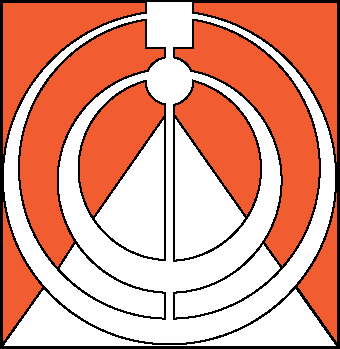Insulation Inspiration
Wednesday, June 1, 2016
When I started teaching twenty years ago, I never imagined my middle school students would learn to make educated choices about building materials, but that's exactly what has happened with Mi-STAR. The unit “What's In Your Walls†encompasses much more than just information about a simple home improvement. Mi-STAR uses wall insulation to tie together some essential science topics that are relevant to 21st century citizens.
To start with, my seventh-graders now know how to choose the best wall insulation—quite an accomplishment. Â They have become budding experts on four types of insulation: cellulose, fiberglass, rock wool and polystyrene. Â They know about their physical and chemical properties, and they can evaluate them using the fundamentals of heat transfer, an engineering concept that most students don't learn about until college. They also understand the life cycle of these insulations: whether they are obtained from either renewable or nonrenewable resources, how they are manufactured, how people use them and their ultimate fate. Do they end up in a landfill, or are they recycled? Â
My students understand that all of these factors have a cost to the environment and that the growth of the human population also plays a part in all of this. Plus, they learned that choosing “the best†insulation is essentially subjective, since it depends on weighted criteria, which were established by our class as a whole.  Â
Our students today need to understand the 21st century topics that Mi-STAR presents. Â And it's not just the content of these topics but the skills they learn that are vital. Mi-STAR accentuates high-level thinking and decision-making skills while students work collaboratively in teams. Â This setup is just a part of what I found to be an extremely engaging curriculum.
In fact, if I could choose one word to sum up my entire Mi-STAR experience, the word would be, “engaging.† My students were interested, on-task and fully engaged in every lesson.  I attribute this to a variety of factors; relevant content within three-dimensional learning, the 5E plan (Engage, Explore, Explain, Elaborate, Evaluate) and the integration of all branches of science, including an engineering component.  Furthermore, individual lessons within the 5E plan offer plenty of diversity to keep students interested; labs, card sorts, reading and writing strategies, graph development and analysis, just to name a few of the approaches.  In addition, all of this is connected to an ongoing unit challenge that ties basic science and engineering  concepts to a very practical, almost real-world project—a quest to determine the best insulation material for a new, green community center to be entered in a sustainable building contest. There was always something new and fresh to look forward to, plus there was stability in the connection to the unit challenge.  So many factors lend to engagement and interest.
This interest extended beyond the insulation of my own classroom walls. Â Many of my students made personal connections throughout the unit. They talked with family members and explored the insulation in their own homes. One student made friends with the builders in his apartment complex and shared what he learned from them.
Thanks to my experience with Mi-STAR, I anxiously await further development of this outstanding curriculum. Â I embrace what the new science standards have to offer; however, I know I can't put these standards into effect on my own. Â Now I'm confident that Mi-STAR will allow me to meet those standards easily. Â More importantly, Mi-STAR will help me and all middle school science teachers give our students a deeper understanding of and appreciation for how science works in the world today.
By Gwendolyn Windiate, science teacher
Christa McAuliffe Middle School, Bangor Schools
GET Mi-STAR NEWS BY E-MAIL!
Copyright © 2025 Mi-STAR
Mi-STAR was founded in 2015 through generous support provided by the Herbert H. and Grace A. Dow Foundation. Mi-STAR has also received substantial support from the National Science Foundation, the MiSTEM Advisory Council through the Michigan Department of Education, and Michigan Technological University.





















